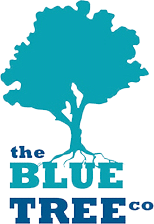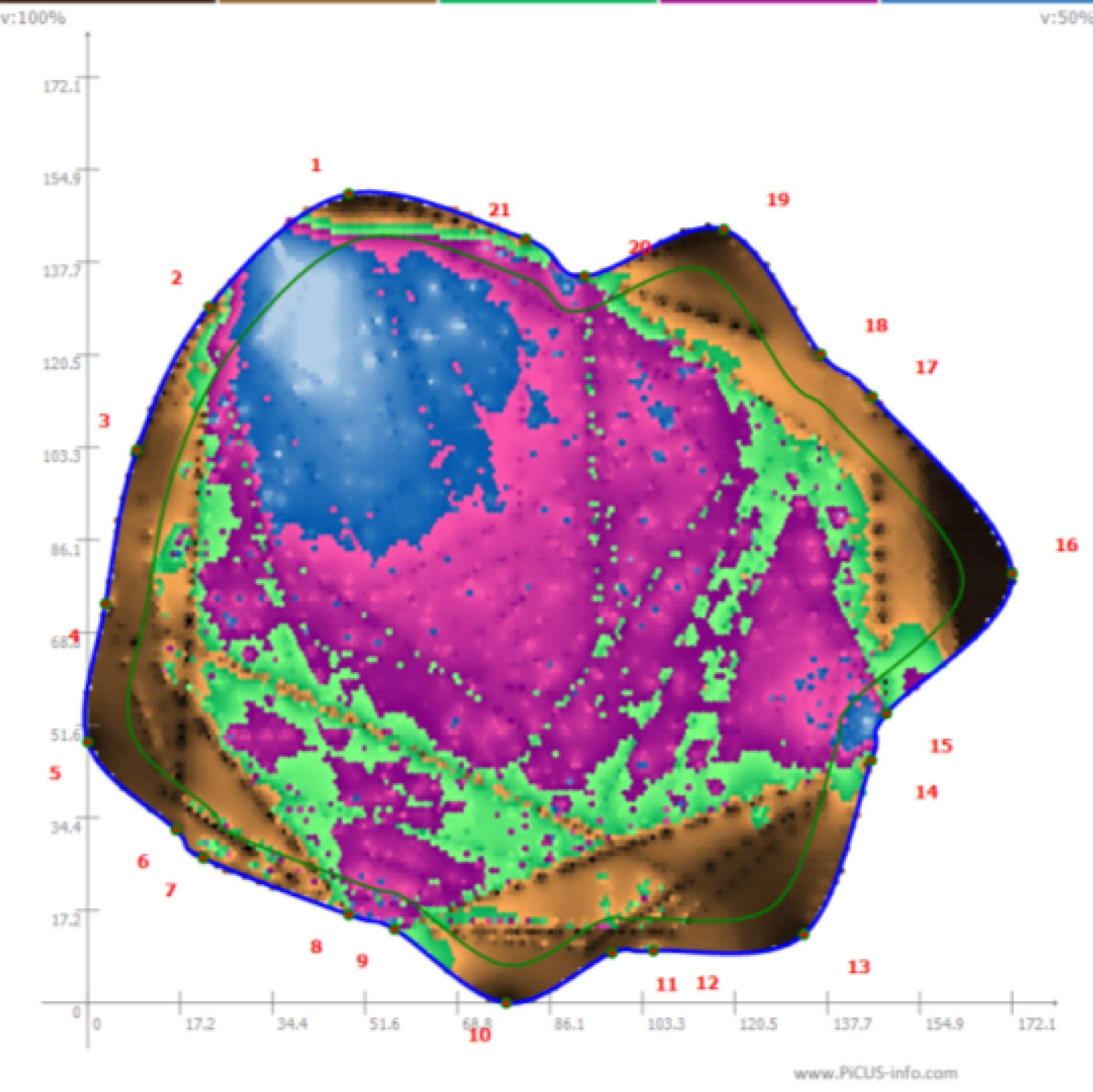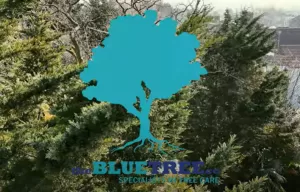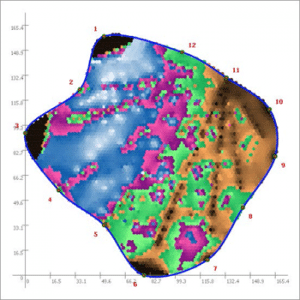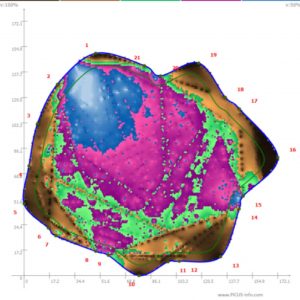The Blue Tree Company were asked to carry out a survey on a very large, mature copper Beech tree in Willian, Hertfordshire. The owner was concerned about a number of fungal fruiting bodies around the base of the tree. He wanted to know their likely impact on its safe retention.
We found 19 brackets of the decay fungus Ganoderma applanatum around the base between the buttress roots. Ganoderma progressively destroys wood and the owner reported that the fungus had been present for around 20 years. In order to understand the extent and severity of the decay we decided to use a system called PiCUS, which uses sonic tomography to display an image of the inside of a tree. For this, sensors are placed around the trunk and sound waves travel between the sensors. The technology interprets this information as an image which shows areas of rotten and sound wood.
Richard Wilson, our associate consultant arboriculturalist, carried out the scan of the tree. He found that 50% of the wood was shown to be damaged. He was able to make calculations that suggested that just 17% of the stem was required to support the crown. Although the decay had reached the periphery of the stem, the buttress roots were in reasonable condition to aid in stability. Ganoderma affects both the butt and the root plate. The decay is found as a cone, with the base being in the roots and the apex being in the stem. Therefore, we would expect the decay to be more severe in the roots than the stem. The condition of the crown of the tree, however, was good suggesting that a large number of roots are still in good condition and functioning well.
Beech trees do not tolerate pruning well. A crown reduction would not reduce the loads on the stem significantly but would reduce leaf area and therefore photosynthetic capacity. The tree would be expected to become energy depleted and more susceptible to infection and decay. The location of the tree does not present an immediate danger to property or people. We recommended that the tree should not be pruned at this stage but instead the progress of the decay should be monitored.
In order to determine the rate of advance of the decay the tree should have repeat tomography in 12 months’ time.
